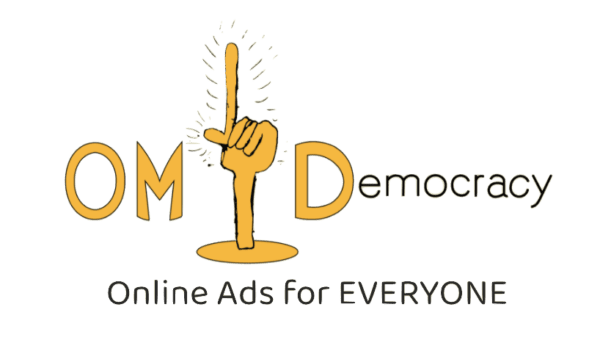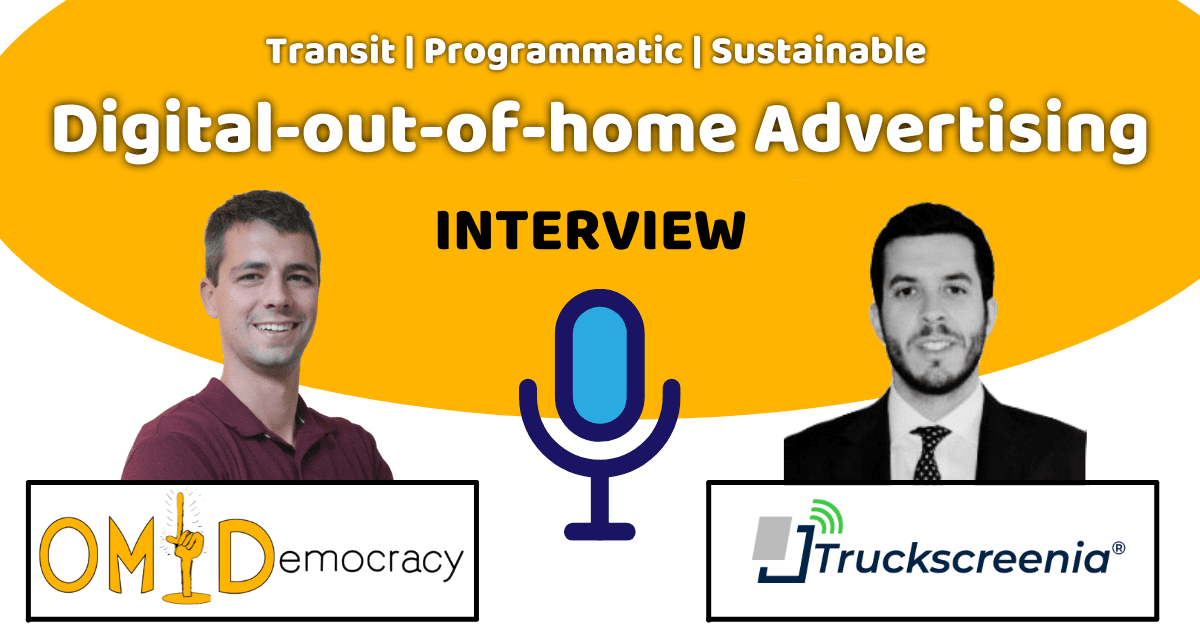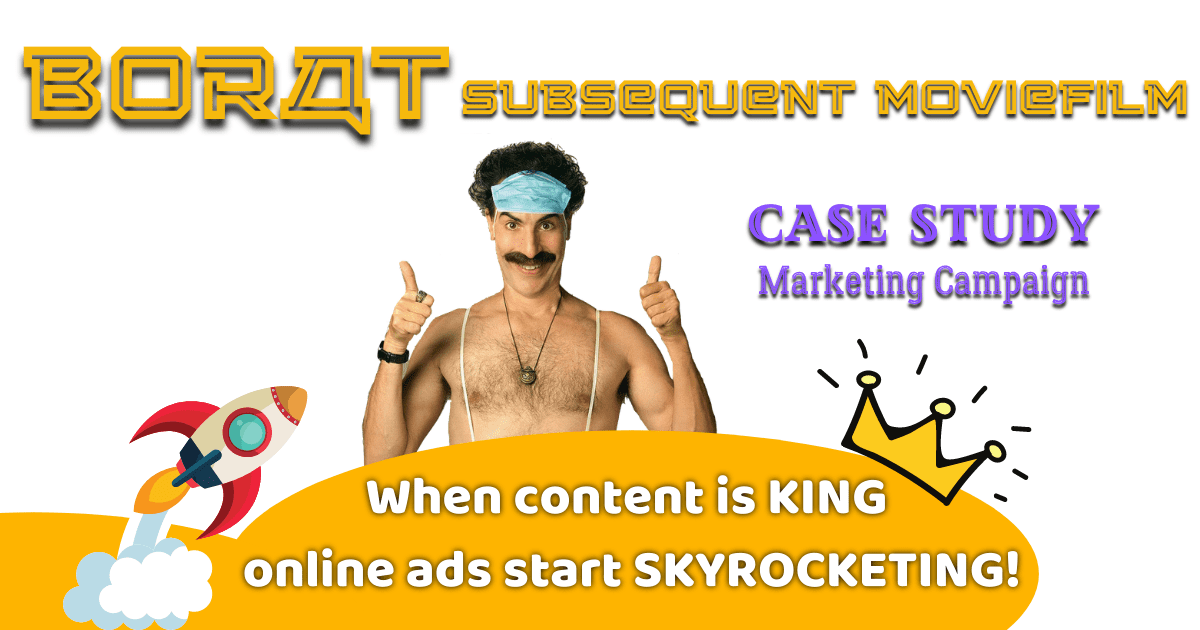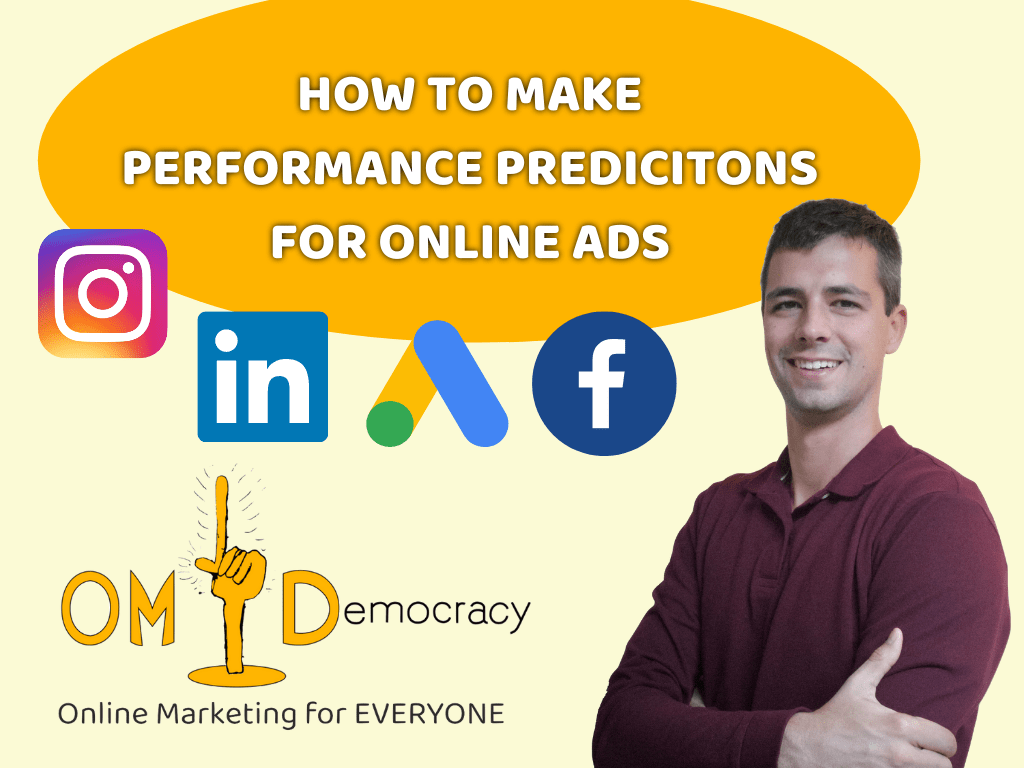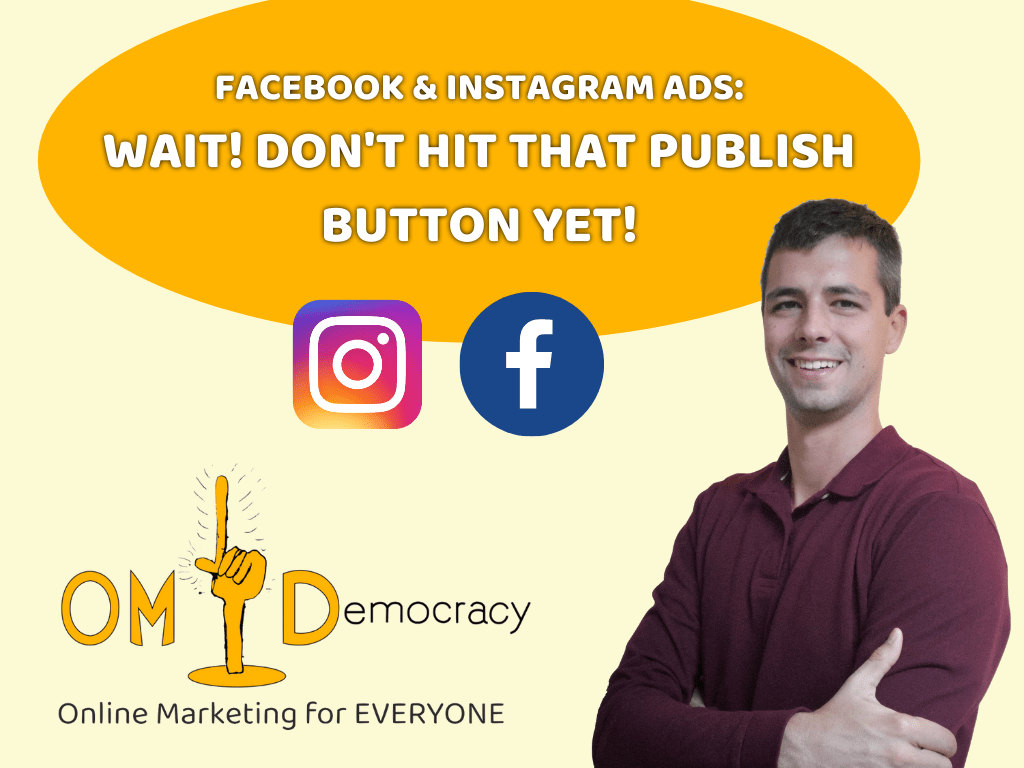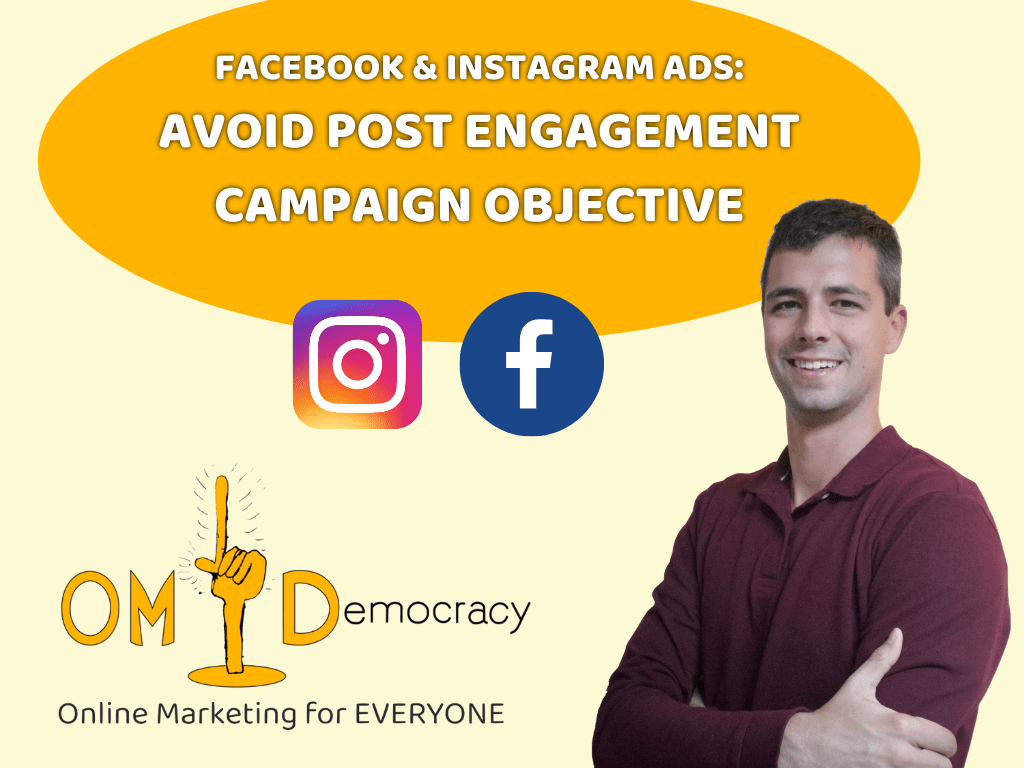![Facebook retargeting ads: top rules to get you started [2022]](https://omdemocracy.com/wp-content/uploads/2022/06/Facebook-retargeting-ads-top-rules-to-get-you-started-2022.png)
Working on your Facebook ads Marketing Funnel?
THE ONLINE ADS MARKETING FUNNEL GUIDE:
STAGES, GOALS & ADS BUDGET
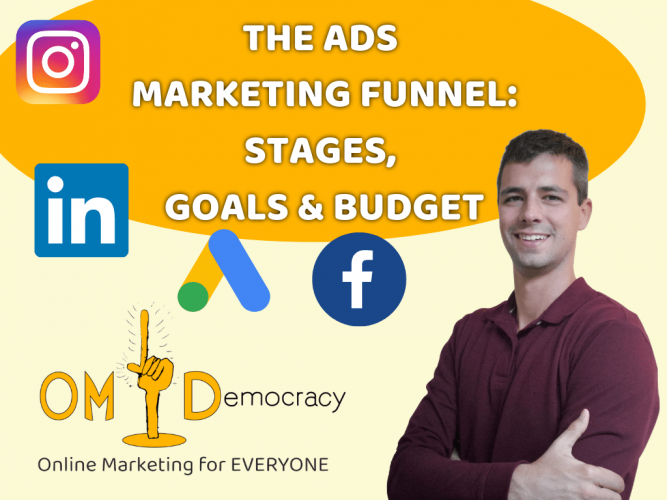
Most of marketers, be it online or offline, have heard or used the marketing funnel in their daily strategic activities.
Oftentimes it is used as a guideline for planning and creating marketing campaigns to decide which resources to allocate to the different marketing activities.
So let’s start with an explanation about what a marketing funnel actually is:
What is a Marketing Funnel?
Definition: The (digital) marketing funnel is basically a graphical representation of the user or customer journey in the form of a funnel.
A funnel is used, because due its form being more and more stringent from the top to the bottom, it is able to portrait the fact that out of a large number of users getting in contact with a company or brand, only a few end actually up converting / buying the product or service.
The 3 Stages of the Marketing Funnel

Today most online marketers work according to this funnel phase marketing model, which divides users in their user journey into the marketing funnel stages of top-, middle- and bottom of funnel (also know as TOFU, MOFU and BOFU).
Online marketers refer to these steps in the user journey also by the names of awareness- (TOFU), engagement- (MOFU) and conversion- (BOFU) stages.
Although the tactics and goals of the funnel are further refined by creating customized Facebook ads marketing funnels or LinkedIn ads marketing funnels, some goals remain unchanged:
How to optimize your digital marketing funnel
The goals of every marketer and specifically online ads specialist dealing with Facebook-, Instagram-, Google- and LinkedIn ads in regards to the marketing funnel are :
Get Enough Users into the Top of the Funnel
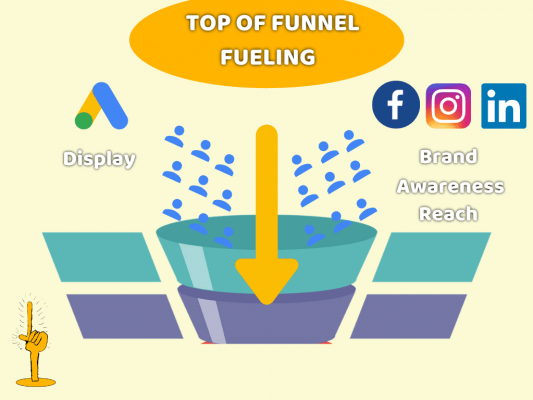
Obviously, if you don’t “pour in” users from the top of the funnel, nothing will come out at the bottom.
Also, unlike the real world funnel, not all users that come in from the top of the funnel, end up coming out at the bottom (buying).
The more the funnel progresses towards the end, the tighter it becomes, meaning that a high number of users drop out of the marketing funnel before making an actual buy.
The first goal is therefore to appeal through ads to a relatively large number of people who might be interested in you product.
This is obtained by targeting a high amount of new users (potential buyers who have never been in contact with your brand before) through high reach campaigns (for example through Facebook’s and Instagram’s Reach and Brand Awareness campaign, LinkedIn’s Brand Awareness campaign or Google’s Display campaign).
While it’s important that through your ads you target high volumes of users (depending on the brand this can be an audience ranging from 50.000 to 1.000.000 users), it is also important to…
Convert Enough Users from the Upper- to the Lower Funnel Stages
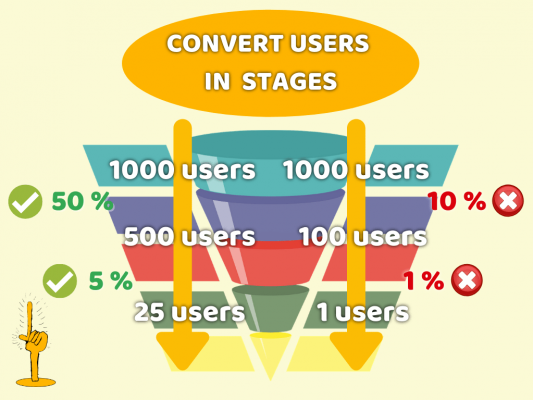
In practical terms, this means that you not only want to make sure that you are reaching those top funnel users, but that they are also advancing and converting through the various stages of the marketing funnel (from top- to middle of funnel, from middle- to bottom of funnel and from bottom of funnel to purchase).
So ideally, a new user would come in contact with your brand or company through the first ads (top of funnel) and then go on to look through your products and service (middle of funnel).
ADDITIONAL EXPLANATION:
SOFT CONVERSIONS
The step from getting in contact with your brand, to actually taking an interested look at your offering, is tracked in the online ads world through so-called soft conversions.
Soft conversions are tracked to monitor users which show some interest in your brand or company after seeing the online ads.
They are called “soft” conversions because unlike “hard” conversions there are no immediate purchases involved in the user’s actions yet but rather a user intend to further discover the brand.
Examples of soft conversions are:
- Users spending more than 60 seconds on your website
- Users browsing through more than 5 products
- Users scrolling up to a certain amount of scroll depth
- Users clicking certain types of buttons on your website
As you can see, all those soft conversion indicate that the users are likely to be interested in your brand resulting therefore in the above behaviours.
Keeping a Steady Flow of Users in All Funnel Stages
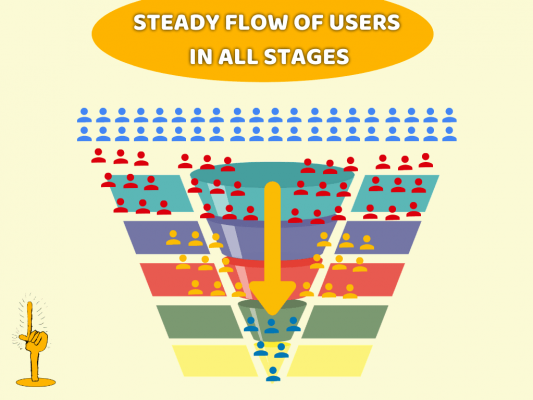
The goal is to avoid to let users “remain stuck” in the upper funnel stages, thereby not converting to the lower funnel stages.
This lack of (soft or hard) conversions can have multitude of reasons (for more info checkout : 7 areas facebook ads not converting) but should be addressed asap to make sure that a steady flow of users convert into future customers.
Now that we have covered the areas you should pay attention to when implementing the marketing funnel, let’s have a look at much you should actually spend on each funnel stage.
How Much Budget Should Be Spend on Each Funnel Stage?
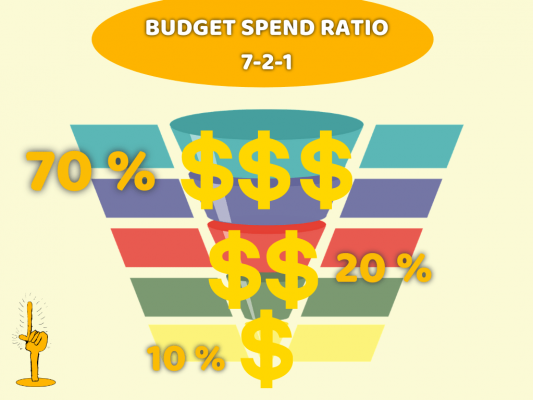
If you go through most Facebook ads courses or real life Facebook accounts, a ratio of 7-2-1 is generally applied.
Of course there are exceptions to this but this means that generally 70% of your total ad budget should be spend on bringing in TOFU users, 20% of ads budget should be invested in advertising MOFU users and only 10% of the budget should go to BOFU user campaigns.
Again, the reason why the majority of the budget (70%) should be spend on TOFU users, is that they have a lower (soft) conversion rate to the lower funnels as MOFU and BOFU users have.
This is because although your try, through campaign-, audience- and content fit, to show the right message to the right person at the right time, a MOFU or BOFU user (which has engaged with your company through multiple soft conversions) will simply have a higher conversion rate.
Therefore it will be necessary to only invest little ad budget (again, around 20% of total ad budget for MOFU and 10% for BOFU) to target a smaller audience of higher converting users.
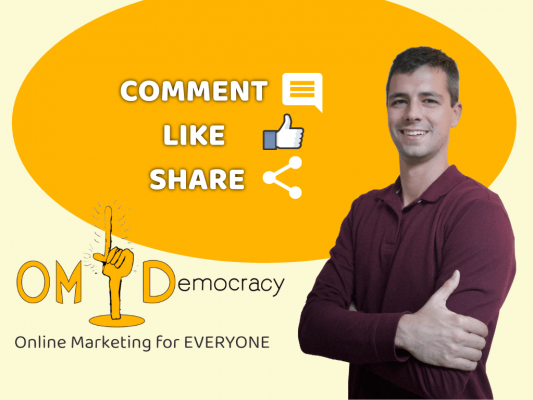
Conclusion
So this was already it.
Would you like us to add some specific details about the marketing funnel?
Do you have your own stories to share?
Than just leave us a comment below!
Share Post:
Facebook ads not converting?
